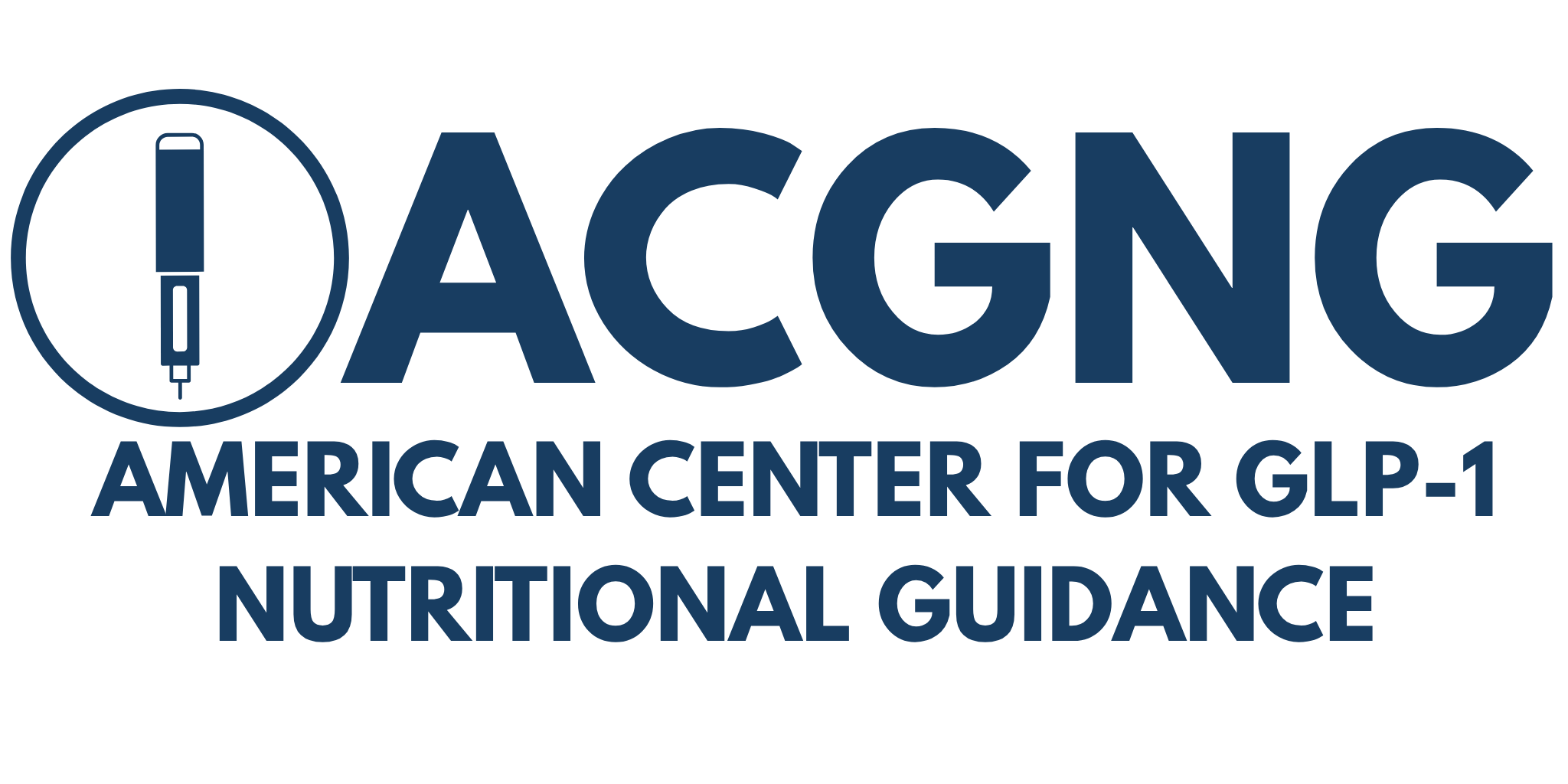Appropriate patient selection and structured follow-up are essential to successful GLP-1 therapy outcomes. This page outlines clinical criteria for initiating GLP-1 receptor agonists, contraindications to consider, and monitoring recommendations to ensure safety and efficacy throughout treatment.
Eligibility Criteria
- Obesity: Adults with a BMI ≥30 kg/m², or ≥27 kg/m² with one or more weight-related comorbidities (e.g., hypertension, dyslipidemia, obstructive sleep apnea)
- Type 2 Diabetes: Patients inadequately controlled on lifestyle modification and/or oral medications
- Cardiovascular Risk: Patients with established atherosclerotic cardiovascular disease may benefit from cardioprotective GLP-1 agents (e.g., semaglutide, liraglutide)
- Pediatric Use: Adolescents aged ≥12 years with obesity (based on FDA indications for liraglutide and semaglutide)
Contraindications & Cautions
- Personal or family history of medullary thyroid carcinoma (MTC) or multiple endocrine neoplasia syndrome type 2 (MEN2)
- Severe gastrointestinal disease (e.g., gastroparesis)
- History of pancreatitis (use with caution)
- Renal impairment (monitor for dehydration-related effects)
- Pregnancy or planned conception (not recommended during pregnancy)
Initial Evaluation Checklist
- Confirm diagnosis (obesity, T2D, or both)
- Review BMI, HbA1c, lipid panel, renal function, blood pressure
- Assess readiness for lifestyle modification
- Screen for contraindications and potential drug interactions
- Set realistic goals (e.g., 5–10% weight loss in 6 months)
Monitoring Protocols
- Schedule follow-up visits every 4–8 weeks during titration
- Assess tolerability, side effects (GI, hypoglycemia risk), and adherence
- Monitor:
- Weight, BMI, waist circumference
- HbA1c (in T2D patients) every 3–6 months
- Renal function in patients at risk of volume depletion
- Evaluate need for dose escalation, discontinuation, or addition of adjunctive therapies
Patient Communication Tips
- Set expectations for slow, steady weight loss and symptom adaptation
- Emphasize dietary compliance and hydration to manage GI symptoms
- Provide instructions on injection technique and lifestyle tracking
- Encourage journaling of food intake, symptoms, and progress
Shared Decision-Making
Engage patients in selecting the most appropriate GLP-1 agent by discussing administration method, frequency, cost, insurance coverage, and personal preferences. Document preferences and decisions in the treatment plan.
Disclaimer
This guide is for educational use by healthcare providers. Individual treatment decisions should be made based on the patient’s clinical profile, provider judgment, and institutional protocols.
